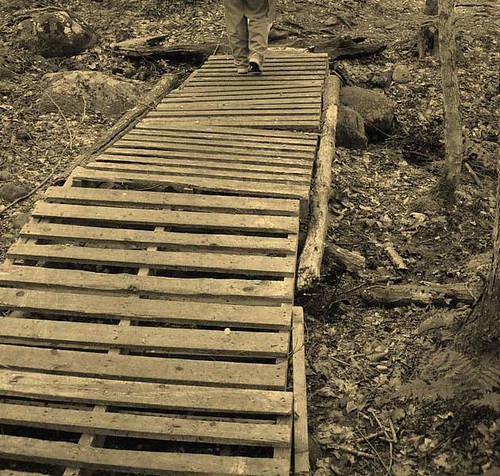
Many divisions are creating obstacles for learning in Education. The digital divide is real and some efforts are being made to bridge this gap. Defining the digital divide is fairly straightforward: Those with access to high speed internet and content-rich websites have a distinct advantage over those that are not so connected. The divide is evident in rural areas in the U.S., in particular.
But there remains another divide perhaps more threatening to progress in Education than the digital divide: It is the conceptual divide that exists between teachers who have educated themselves in the area of 21st century learning tools (sometimes also called Web 2.0, Education 2.o, e-learning, ed tech, etc..).
Attempting to tag websites bookmarked at del.ici.ous or diigo highlights the problem. Depending on the site, all of the following terms potentially describe the content in them:
- Web 2.0
- Web 2.0 in Education
- Education 2.0
- E-Learning
- Education Technology (or EdTech)
- Digital Learning
- Digital Teaching
- Web-Based Learning
- 21st Century Skills
- 21st Century Learning
- Classroom 2.0
- New Education Paradigms
What is becoming evident is that specific professional development initiatives in the very general umbrella term of 21st century learning tools is essential so that ALL Educators can join the "__2.0" party in the proper spirit and with the proper conception of what this all means for potential quality student learning. These professional development efforts need to be led by folks keen enough to understand that "Education 2.0" represents a shift in dominant paradigms in education as well as ever expanding web-based tools for learning and teaching.
Other thoughts/efforts are most welcome. Tweet this!







No comments :
Post a Comment